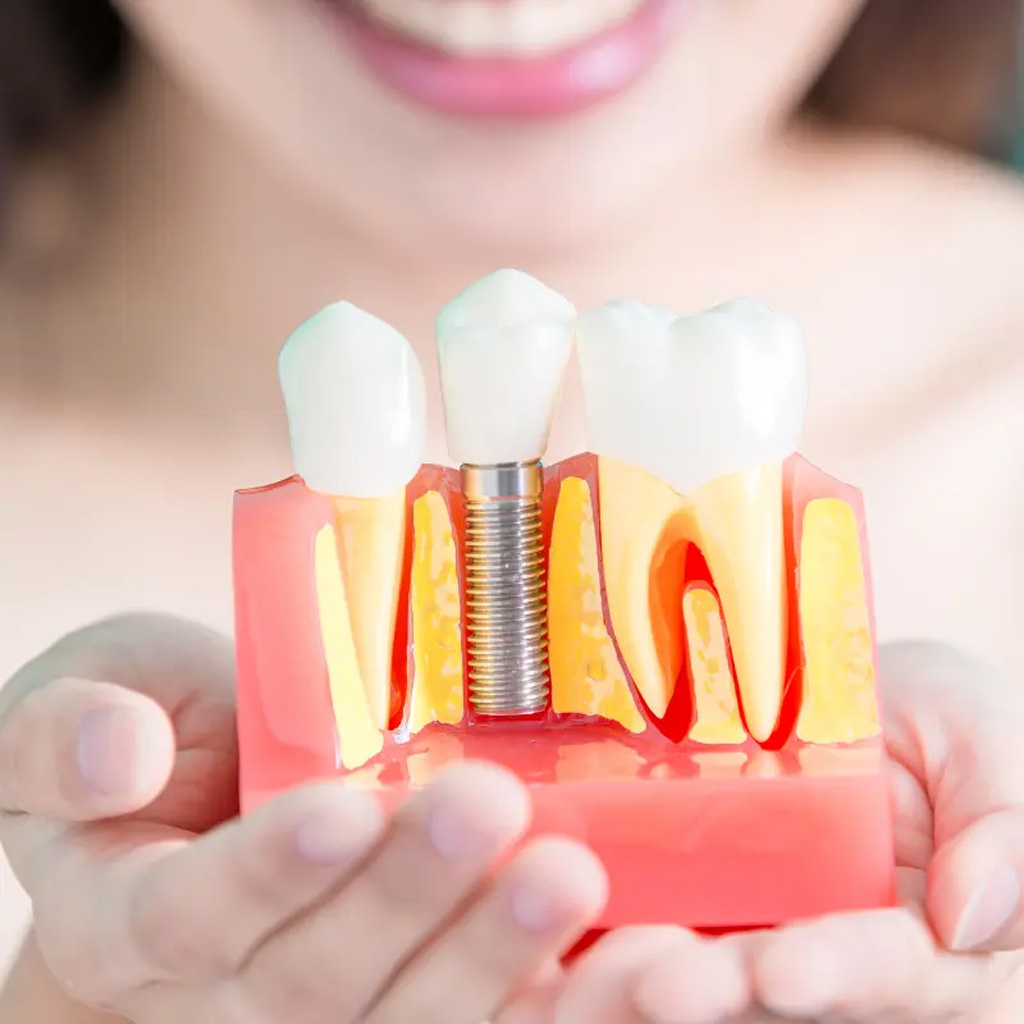Advertisement
Dental implants have changed tooth-loss treatments, offering a stable, long-term solution. The success rate of implant treatments has improved with time.
This is due to tremendous advancements in implant technology. Let’s explore recent innovations in dental implants. We’ll look at information from medical journals and doctor opinions.
The evolution of dental implants
Dental implants date back thousands of years. Ancient civilizations used shells and metals to replace teeth. However, since the 21st century, modern dental implants have evolved considerably. This is due to advancements in material science, biomechanics, and surgical techniques.
In the mid-20th century, Swedish orthopedic surgeon Per-Ingvar Brånemark pioneered titanium implants. He discovered that titanium could fuse with bone, a process called osseointegration. This discovery laid the foundation for today’s dental implantology.
This is one of the most widely accepted methods of treatment used to replace missing teeth.
Modern advancements in dental implants have come a long way. In recent years, many new medical products have been introduced. This sector has seen a lot of innovation.

Improved surface modifications
The surface of the implant is crucial for success. There has been intense research on modifying implant surfaces. This can promote faster and stronger osseointegration. Some popular methods include machining and plasma spray coating.
Other methods are grit blasting, acid etching, and anodizing. They help to increase surface roughness at microscopic levels ranging from 1 µm to 100 µm.
Studies have shown that greater surface roughness boosts osteoblast activity. This leads to stronger bone integration around the implant.
Biomimetic coatings can improve how implants interact with bone tissue. Both preclinical and clinical studies support this. These coatings mimic the composition and structure of natural bone.
Immediate loading protocols
Dental implants usually need several months of waiting. This period is necessary before placing a permanent prosthesis. However, immediate loading protocols have become popular.
These protocols involve placing a temporary or permanent prosthesis with the implant. Immediate loading offers a shorter treatment time and immediate aesthetic and functional benefits.
Research shows that immediate loading can sometimes achieve similar outcomes. This is comparable to traditional delayed loading.
Yet, certain requirements for bone quality and implant stability must be met. This approach has revolutionized dental implantology. It enables quicker patient rehabilitation and improves quality of life.

Using short implants
Small-scale dental implants, usually less than 10 mm in length, are now used. They serve as alternatives to traditional implants.
They are especially useful when there is not enough bone height or volume. These implants also reduce the need for bone grafting procedures. Bone grafting is often invasive and time-consuming.
Short implants can have similar success rates to longer ones if placed correctly. Advances in implant design, surface technology, and surgical techniques have made this possible. As a result, modern dental implant treatments are now suitable for more patients.
New developments in surgical techniques
Innovative surgical approaches have improved implant placement. They have increased the prospects of placing implants in challenging anatomical settings.
These approaches include guided implant surgery, computer-assisted implant planning, and navigational systems. All these techniques help to improve precision. It also leads to better positioning while reducing surgical trauma.
Advertisement
This helps in getting better clinical results.
Moreover, new techniques in regenerative surgery have expanded options for implant placement. These techniques include bone grafting and sinus augmentation. This is especially true for patients with limited bone volume.
It also applies to those with low bone density. The aim of these techniques is to create a favorable situation around the implant. Thus, it helps in ensuring long-term stability and success.
Custom implant solutions using 3D printing technology
3D printing and CAD/CAM technology have revolutionized dental implants. Together, 3D printing and CAD/CAM have enhanced the personalization of dental implants.
3D printing technology allows for complex implant shapes that earlier methods couldn't achieve. It enables doctors and dentists to customize implants.
As a result, implants are tailored to meet specific needs. This leads to better outcomes and increased patient satisfaction.
Nanotechnology in Dental Implants
Nanotechnology is an amazing and fast-moving area that can improve dental implants. At the nanolevel, which is one billionth of a meter, material manipulation is possible.
This allows scientists to develop surfaces and structures with unique properties. This largely enhances the efficiency and durability of dental implants.
The employment of nanotechnology in dental implants has caused a complete paradigm shift. This is seen especially in osseointegration, infection control, and overall implant success.
Nanotechnology offers a key advantage in dental implants. It enhances osseointegration. This means better integration between the implant and bone.
Traditional implant surfaces have generally been roughened at the micron scale. This roughening treatment ranges from 1 to 100 µm. This practice has led to successful bone growth.
However, nanotechnology takes it a step further. It creates surface features at the nanometer scale (1–100 nm). They can closely mimic natural bone composition.

Clinical Implications and future directions
Changes in dental implant technology have greatly impacted clinical practice. They have expanded the range of treatment options for patients.
They have also improved treatment outcomes significantly compared to a decade ago. Yet, there are still several challenges ahead in dental implantology.
Despite technological advancements, there are concerns related to peri-implantitis. This inflammation occurs around implants. There are also concerns about long-term implant stability. Additionally, there is a lack of standardization protocols.
Long-term clinical studies are indispensable for establishing the effectiveness and safety. Studies also show how durable new materials and methods for implants are. They help us understand the longevity of these innovations.
Future advancements in dental implants will likely focus on:
●Improving implant biocompatibility.
●Developing bioactive surfaces for the implants.
●Using digital tech to plan treatments and assess their effectiveness.
●Finding new biomaterials and regenerative methods.
Advances in nanotech and biotech may improve dental implants. They could be more predictable and last longer.
Recent advances in dental implants have greatly improved their effectiveness and patient outcomes. Future improvements, including nanotechnology and digital planning, promise even more benefits.
Advertisement





